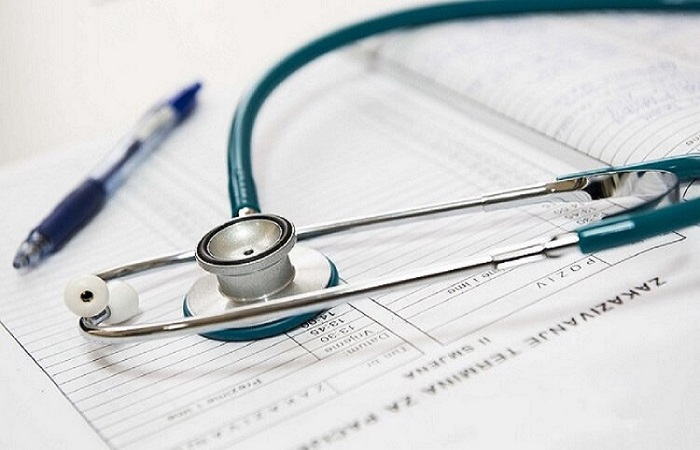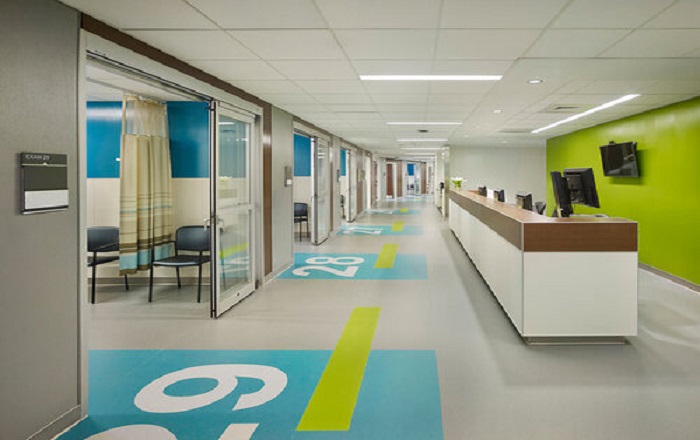
For other industries, an unexpected fault in an equipment could slow down business and delay timelines. But in Healthcare, it could mean more complications or even a loss of life. Maintaining medical equipment makes sure that your equipment remains in optimal condition enhances patient care, minimizes downtime and reduces the risk of errors. Preventive maintenance is essential in extending the lifespan and maximizing ROI on medical equipment.
In this guide, we’ll explore the importance of maintaining medical equipment and provide practical steps for planning a comprehensive maintenance schedule.
Why is Maintenance important?
Maintaining medical equipment is crucial for several reasons:
- Patient Safety: Properly maintained equipment reduces the risk of malfunctions or errors during procedures, ensuring patient safety and well-being.
- Accuracy and Efficiency: Regular maintenance helps uphold the accuracy and efficiency of medical devices, contributing to reliable diagnoses and treatment outcomes.
- Cost Savings: Proactive maintenance can prevent costly breakdowns and extend the lifespan of equipment, saving on repair expenses and replacement costs in the long run.
- Regulatory Compliance: Many healthcare regulations and standards mandate regular maintenance and calibration of medical equipment to meet safety and quality requirements.
Planning Your Maintenance Schedule:
Creating a structured maintenance schedule for your medical equipment involves several key steps:
- Inventory Assessment: Begin by compiling a comprehensive inventory of all medical equipment in your practice, including diagnostic tools, treatment devices, and monitoring systems. Categorize equipment based on criticality, usage frequency, and manufacturer recommendations.
- Review Manufacturer Guidelines: Refer to the manufacturer’s instructions and guidelines for each piece of equipment to determine recommended maintenance intervals, procedures, and necessary supplies.
- Establish Maintenance Procedures: Develop standardized maintenance procedures for each type of equipment, including routine checks, cleaning protocols, and calibration requirements. Assign responsibilities to designated staff members or teams for carrying out maintenance tasks.
- Determine Frequency: Determine the frequency of maintenance tasks based on factors such as equipment type, usage patterns, and regulatory requirements. Create a schedule that balances proactive maintenance with operational demands, ensuring minimal disruption to clinical activities.
- Monitor and Evaluate: Regularly monitor the effectiveness of your maintenance schedule and adjust as needed based on equipment performance, feedback from staff, and evolving practice needs. Conduct periodic reviews and audits to assess compliance with maintenance procedures and identify areas for improvement.
By implementing a preventive maintenance strategy and adhering to a well-planned schedule, healthcare providers can ensure the reliability, safety, and longevity of their medical equipment. Investing time and resources in maintenance not only protects patient safety but also contributes to the overall efficiency and effectiveness of medical practice.



